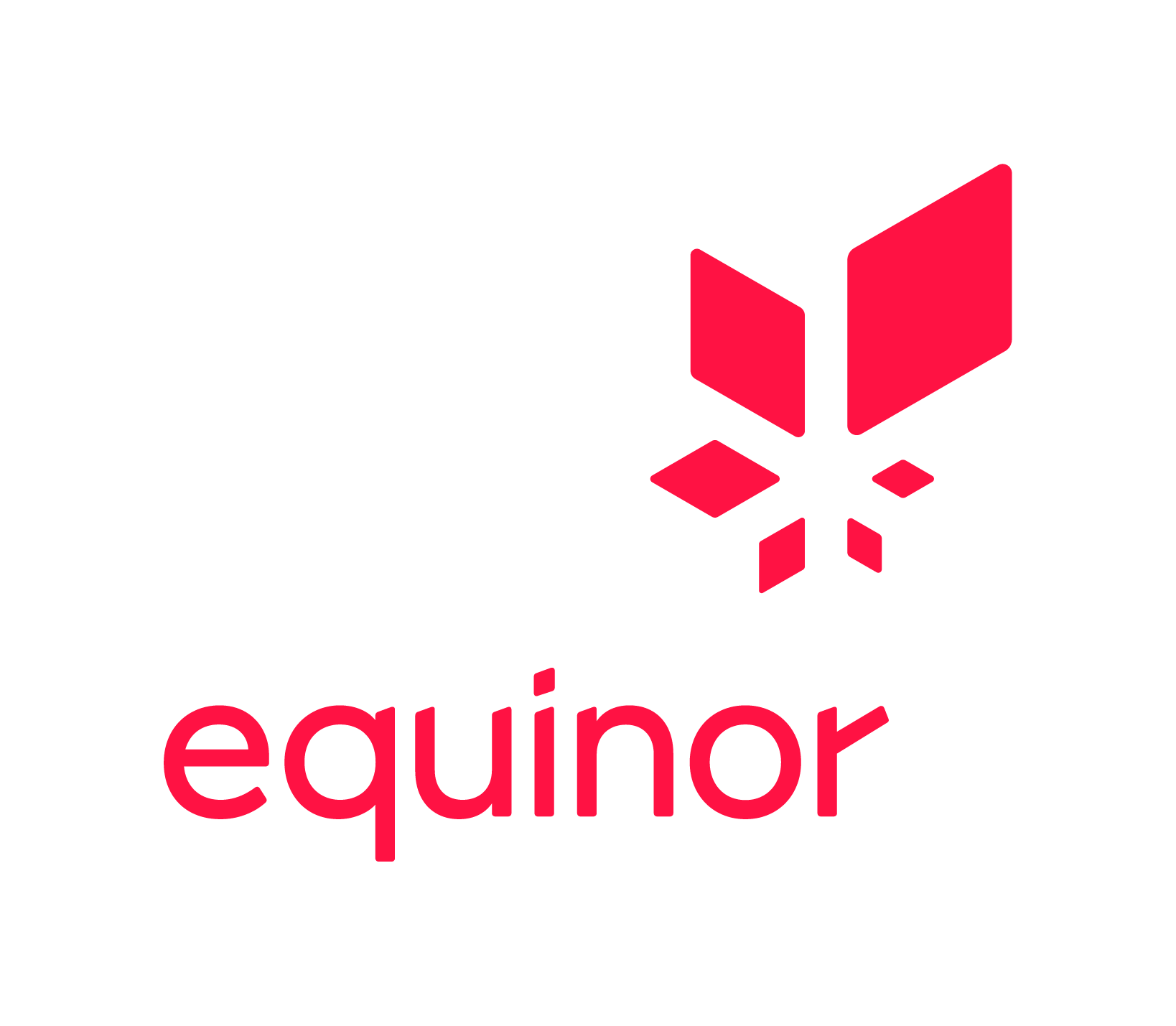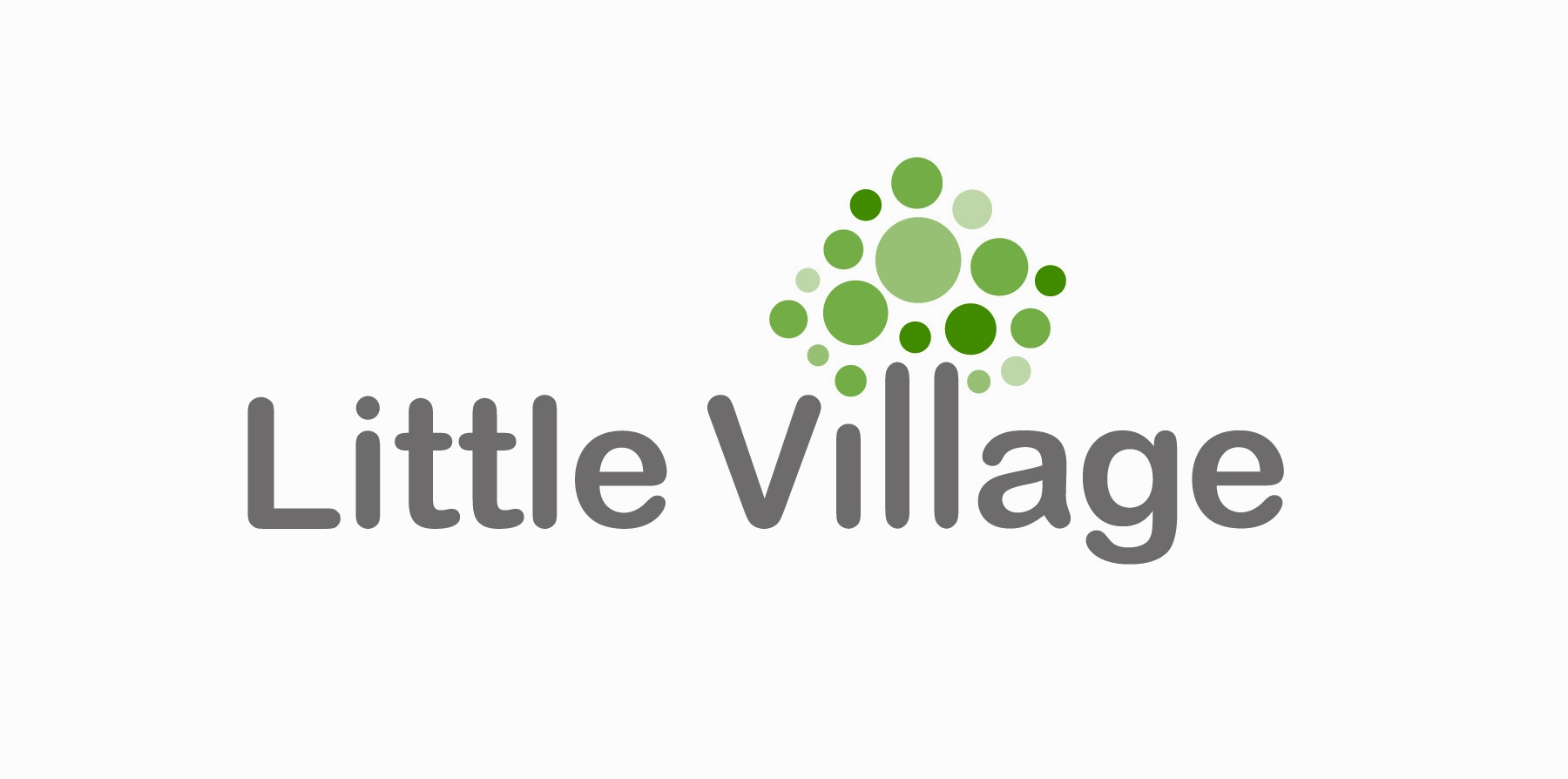The scope of a general manager's job in this new concept
- Operations Management:Oversee daily operations to ensure smooth functioning.
Maintain high standards of food quality, service, and cleanliness.
Manage inventory, ordering, and stock control.
- Staff Management:Hire, train, and supervise staff.
Schedule shifts and ensure adequate staffing levels.
Handle employee performance reviews, disciplinary actions, and conflict resolution.
- Customer Service:Ensure a high level of customer satisfaction.
Address customer complaints and feedback.
Develop customer loyalty programs.
- Financial Management:Monitor budgets and financial performance.
Prepare and analyze financial reports.
Implement cost-control measures and strategies to increase profitability.
- Marketing and Promotion:Develop and execute marketing plans to attract customers.
Coordinate special events and promotions.
Manage social media and online presence.
- Compliance:Ensure compliance with health, safety, and sanitation regulations.
Adhere to local licensing and labor laws.
- Bar Operations:Oversee daily bar operations, including opening and closing procedures.
Maintain high standards of drink quality and presentation.
Manage inventory and ordering of liquor, mixers, and supplies.
- Staff Supervision:Hire, train, and supervise bartenders and bar staff.
Schedule shifts and manage staff performance.
Ensure staff compliance with company policies and procedures.
- Customer Experience:Ensure a positive and engaging customer experience.
Handle customer complaints and feedback effectively.
Create a welcoming atmosphere and manage customer relationships.
- Financial Oversight:Monitor and manage the bar’s financial performance.
Control costs and optimize profitability.
Prepare financial reports and analyze performance metrics.
- Marketing and Events: Plan and execute marketing campaigns to attract patrons.
Organize special events, promotions, and theme nights.
Manage the bar's social media presence.
- Regulatory Compliance: Ensure compliance with alcohol licensing laws and regulations.
Maintain health and safety standards.
Adhere to local and state regulations regarding bar operations.
- Retail Operations: Oversee daily retail operations, including opening and closing.
Ensure the retail is clean, well-organized, and stocked.
Implement and maintain visual merchandising standards.
- Staff Management: Hire, train, and supervise retail staff.
Schedule shifts and manage employee performance.
Conduct regular team meetings and training sessions.
- Customer Service: Ensure exceptional customer service and satisfaction.
Handle customer inquiries, complaints, and returns.
Develop and implement customer service policies.
- Sales and Financial Management: Monitor sales performance and set sales targets.
Manage budgets and control expenses.
Prepare financial reports and analyze sales data.
- Inventory Management:Oversee inventory control, ordering, and stock management.
Conduct regular inventory audits.
Manage relationships with suppliers and vendors.
- Marketing and Merchandising:Plan and execute marketing strategies to drive sales.
Coordinate in-store promotions and events.
Manage the store’s online presence and social media.
- Compliance:Ensure compliance with retail laws and regulations.
Maintain health and safety standards.
Adhere to company policies and procedures.
Common Responsibilities Across All Three Roles:
- Leadership and Team Building:Inspire and motivate staff to achieve their best.
Foster a positive and inclusive work environment.
Develop and implement training and development programs.
- Strategic Planning:Develop and execute business plans and strategies.
Set short-term and long-term goals.
Analyze market trends and adjust strategies accordingly.
- Technology and Systems Management:Implement and manage point-of-sale (POS) systems.
Utilize technology to enhance operations and customer experience.
Ensure data security and privacy compliance. - Proft and Loss Balance Sheet: Creating and managing a profit and loss (P&L) statement and a balance sheet are critical tasks for a restaurant general manager. Here's a detailed breakdown of these tasks:
Profit and Loss (P&L) Statement
A P&L statement, also known as an income statement, provides a summary of the restaurant's revenues, costs, and expenses during a specific period. It helps in assessing the restaurant's financial performance.
Key Components of a P&L Statement:
- Revenue:Sales Revenue: Total income from food and beverage sales.
Other Revenue: Income from other sources such as event bookings, merchandise, or delivery fees.
- Cost of Goods Sold (COGS):Food Costs: Cost of ingredients and food supplies.
Beverage Costs: Cost of alcohol and non-alcoholic beverages.
- Gross Profit:Calculation: Gross Profit = Revenue - COGS.
- Operating Expenses:Labor Costs: Wages, salaries, and benefits for all employees.
Rent: Lease or mortgage payments for the restaurant space.
Utilities: Costs for electricity, water, gas, etc.
Marketing: Expenses for advertising, promotions, and social media.
Supplies: Costs for cleaning supplies, uniforms, and other operational items.
Maintenance and Repairs: Costs for equipment maintenance and repairs.
Insurance: Costs for liability, property, and other insurance policies.
Depreciation: Allocation of the cost of tangible assets over their useful life.
Miscellaneous Expenses: Any other operating costs not classified elsewhere.
- Operating Profit:Calculation: Operating Profit = Gross Profit - Operating Expenses.
- Non-Operating Items:Interest Expense: Costs of any interest on loans.
Taxes: Income tax expenses.
Other Non-Operating Items: Any other income or expenses not related to core operations.
- Net Profit:Calculation: Net Profit = Operating Profit - Non-Operating Items.
Balance Sheet
A balance sheet provides a snapshot of the restaurant's financial position at a specific point in time. It outlines the restaurant's assets, liabilities, and equity.
Key Components of a Balance Sheet:
- Assets:
Current Assets: Assets that can be converted to cash within a year.Cash and Cash Equivalents: Cash on hand and in bank accounts.
Accounts Receivable: Money owed to the restaurant by customers or clients.
Inventory: Food, beverages, and supplies on hand.
Prepaid Expenses: Payments made in advance for goods or services.
Non-Current Assets: Long-term investments and property.Property, Plant, and Equipment (PP&E): Buildings, kitchen equipment, furniture, etc.
Intangible Assets: Goodwill, patents, trademarks, etc.
- Liabilities:
Current Liabilities: Obligations due within a year.Accounts Payable: Money the restaurant owes to suppliers.
Short-Term Loans: Any loans or credit lines due within a year.
Accrued Expenses: Expenses incurred but not yet paid.
Unearned Revenue: Payments received in advance for services to be rendered.
Non-Current Liabilities: Long-term financial obligations.Long-Term Debt: Loans and mortgages due after one year.
Deferred Tax Liabilities: Taxes owed but deferred to future periods.
- Equity:Owner's Equity: The owner's investment in the restaurant.
Retained Earnings: Accumulated profits that have been reinvested in the business.
Example Tasks for Managing P&L and Balance Sheet:
- Data Collection:Gather daily sales reports, invoices, payroll records, and bank statements.
Maintain accurate and up-to-date financial records.
- Preparation:Prepare monthly, quarterly, and annual P&L statements and balance sheets.
Use accounting software to input and track financial data.
- Analysis:Compare current financial performance with previous periods and budgeted figures.
Identify trends, variances, and areas for improvement.
Analyze key financial ratios (e.g., profit margin, liquidity ratios).
- Reporting:Present financial reports to the owner, investors, or other stakeholders.
Provide insights and recommendations based on financial analysis.
- Compliance:Ensure financial statements comply with accounting standards and regulations, Prepare for and facilitate external audits.
- Strategic Planning:Use financial data to inform business decisions and strategic planning.
Develop and implement cost control measures and revenue enhancement strategies.
Email CV with photo to [email protected]













